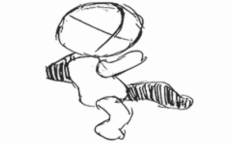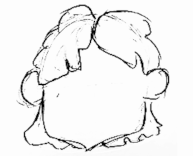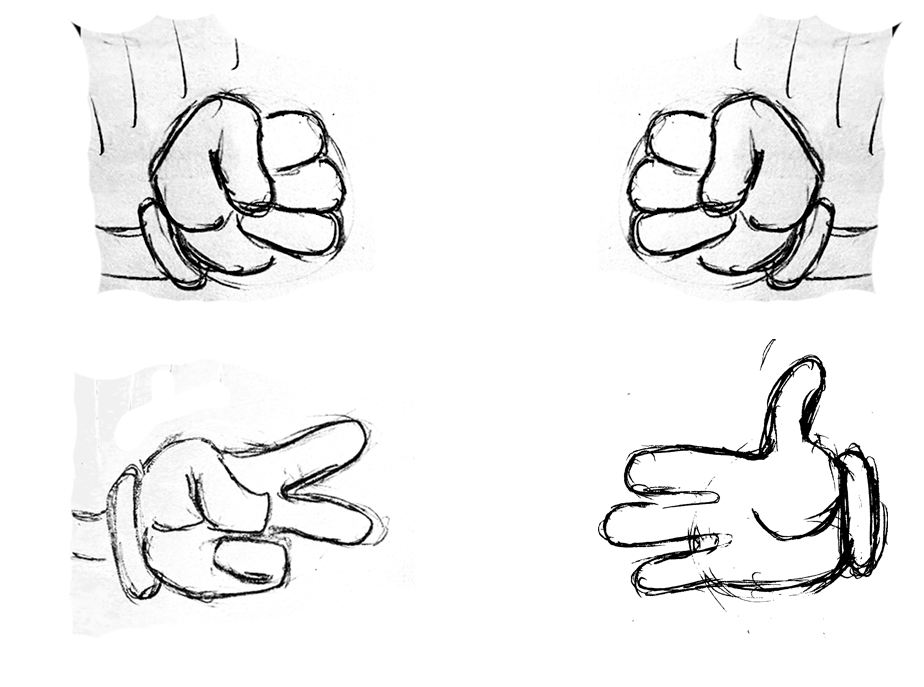Animation has undergone tremendous developments in the past century, and as the medium evolves, its popularity continues to soar. In 2023, North America’s animation market was valued as the largest in the globe, with a revenue of $23.22 billion and an expected annual growth rate of 5%.
In spite of its indisputable presence in the entertainment industry, animation is regularly written off as childish. Although a significant portion of animated media admittedly caters to younger audiences, it is crucial to remember that animation is a medium, not a genre. It is a unique mode of creation with the capacity to transport audiences to worlds that transcend reality, and this potential manifests in mature and adolescent content alike.
While artists like J. Stuart Blackton and Winsor McCay made notable animated pieces in the early 20th century, their characters and stories created a foundation upon which Walt Disney quickly capitalized.
Disney solidified itself as a dominant force in the industry with the advent of Mickey Mouse and synchronized sound featured in its 1928 animated short film “Steamboat Willie.” The company’s subsequent release of “Snow White and the Seven Dwarfs,” one of the earliest animated feature films, marked another significant shift in the commercialization of the medium and Disney’s claim on it.
Considering the correlation between the rise of Disney’s success and animated media, it’s no surprise that animation has developed a reputation as a childish medium. However, to write it off as such is to belittle its value as an art form and a means of storytelling.

Disney has since morphed into a mega-conglomerate, encompassing notable studios such as Marvel and Pixar in 2009 and 2006, respectively. Disney then went on to win the Academy Award for Best Animated Feature Film 13 times since its conception in 2002. This considerable critical acclaim further established the studio as a leading force in animation, simultaneously strengthening the medium’s connection to Disney and, subsequently, childhood.
However, Disney and its seemingly endless stream of releases should not define our perception of animation. In fact, plenty of other studios are more than worthy of our acclaim.
Although a significant portion of animated media admittedly caters to younger audiences, it is crucial to remember that animation is a medium, not a genre.
Cartoon Saloon, located in Kilkenny, Ireland, is one of many smaller studios making waves in the animation industry. With releases like “The Breadwinner,” a 2017 PG-13 film based on a young adult novel, Cartoon Saloon proves to audiences that animation can capture relevant themes in a beautiful and imaginative fashion. The movie delves into discussions of misogyny, political unrest and more as it depicts the story of Parvana (Saara Chaudry), a young girl living under the Taliban regime.
While some may categorize this film as family-friendly, this shouldn’t mean that it, and others like it, should be solely enjoyed by children and their reluctant parents. “The Breadwinner” reveals a substantial point about how we perceive children’s cinema as a whole — what exactly defines a piece of media as juvenile?
The label “kid-friendly” insinuates an absence of violence, strong language and sexually explicit content. However, it also implies a distinct lack of maturity. In branding all animated films as childish, their capacity for complexity is dismissed. Consequently, adults do not generally seek out these films, and as a result, they miss out on all that animation brings to the table.
Some noteworthy animated films include “Isle of Dogs,” “Paprika” and “Princess Mononoke,” the last of which was released by Studio Ghibli in 1997 and distributed throughout the U.S. by Disney. The movie follows a prince named Ashitaka and his quest to lift a deadly curse. Particularly violent, “Princess Mononoke” stands in stark contrast to some of Studio Ghibli’s more kid-friendly films.
Disney wasn’t prepared for the level of intensity that the movie delivered, and this divergence generated tension between the two studios. Disney’s inaccurate expectations and subsequent attempts to modify Ghibli’s work reveal its carefully curated family-friendly image. This deliberate branding, paired with Disney’s prevalence, contributes to the misconceptions surrounding animation.
LAIKA Studios is another independent studio creating exceptional animated work. With five feature-length films and a sixth in production, LAIKA is renowned for its innovative use of stop-motion techniques to tell compelling and beautiful stories.
The studio’s most notable film, “Coraline,” is a perfect example of another misjudged piece of animation. Despite its misleading PG rating, the film is both chilling and surreal. The horror in “Coraline” presents yet another danger that arises when all animation is misconceived as childish. When animation is immediately classified as kid-friendly, audiences automatically assume that it is suitable for all children. This is not always the case, and when the general public believes it to be, children may be inadvertently exposed to a level of maturity they are unprepared for.

Even when animation’s capacity for maturity is rightly acknowledged, the medium’s range is often condensed into two opposing categories: kid-friendly and adult-oriented. While these labels may seem comprehensive, the idea that animation must be one or the other is a misconception. It seems as though we can only understand animation as overly simplistic or overtly crude, and this becomes evident when examining what we consider adult animation.
Shows like “Family Guy” and “Robot Chicken” are prime examples of explicitly adult animation. Rife with drug use, violence and sexual innuendos, these shows cater to an unmistakably adult audience. Of course, there is nothing wrong with this. These shows are beloved by many, and for good reason — if anything, they demonstrate animation’s diverse potential. However, the issue arises when this particular genre is perceived as one of only two possibilities. When audiences can only recognize animation in terms of “Cocomelon” versus “Rick and Morty,” the medium’s multiplicity is lost in translation.
It’s also important to consider the significant manpower required to produce animated media. While the emergence of computer-generated imagery (CGI) in the 1990s drastically transformed the industry, the animation process remains both intricate and painstaking. The medium is a labor of love, and the time and consideration that it demands is especially evident within the work of Japanese animator and filmmaker Hayao Miyazaki.
As one of the founders of Studio Ghibli, Miyazaki’s work is renowned worldwide, and films like “Spirited Away,” “Grave of the Fireflies” and “My Neighbor Totoro” have become cult classics since their release. In an interview with Toshio Suzuki, Studio Ghibli’s former president, he revealed that it takes a team of 60 animators a month to produce a single minute of animation. While admirable, Studio Ghibli’s dedication and attention to detail are not uncommon in the animation industry.
Around the globe, animators are developing innovative films only made possible by their technical and creative talent; these individuals’ exceptional work merits ample praise. Animation can be simple and kid-friendly, yes, but it can also be deeply profound, serious and even unsettling. In reexamining our perception of this diverse medium, we can gain a greater appreciation for all that it has to offer, broadening our tastes in the process.


